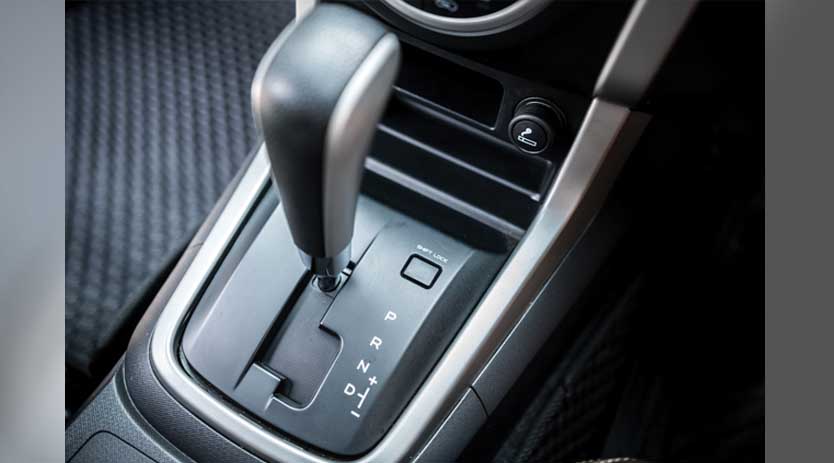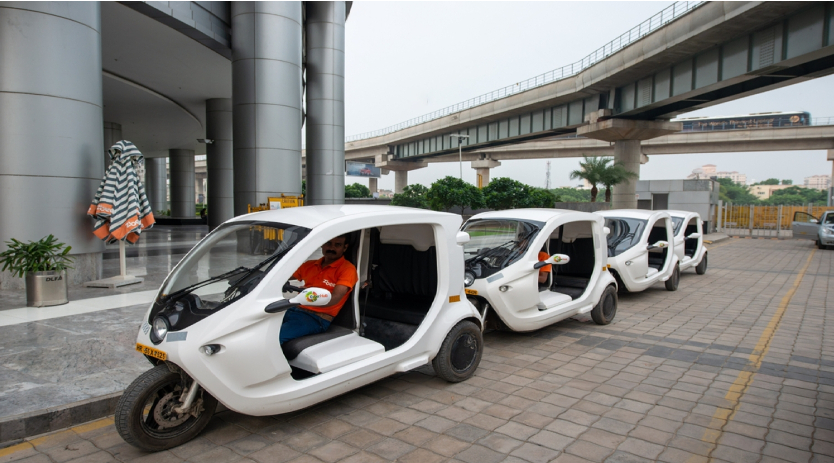Automatic emergency braking market registers 6.9 percent annual growth
December 1, 2022 5:56 pm
The global automatic emergency braking market size is expected to hit around USD 104.91 billion by 2030.
The global automatic emergency braking market size was exhibited at USD 61.51 billion in 2022 and is expected to hit around USD 104.91 billion by 2030 according to the report published by Precedence Research. The report registered a compound annual growth rate (CAGR) of 6.9 percent from 2022 to 2030.
An automatic emergency braking system is mainly helpful to avoid sudden accidents and save lives. According to the WHO, each year number of deaths occurred due to road accidents is around 125 million. In the same report WHO mentions that the number of street accidents in newly developing countries is very high. For example, in 2017, there were 63,000 deaths and 200,500 individuals were severely injured in China. Many government authorities across the world have imposed rigid regulations to reduce rising road injuries. It is regarded as being the most effective safety equipment. AEB notices the traffic condition throughout the vehicle, as it alerts the driver if the vehicle is getting close to any obstacle.
Automatic Emergency Braking Market Report Scope 
Report Highlights
- Based on the product type, High-speed AEBS holds the highest market share while Low-speed AEBS is the most lucrative segment. High-speed AEBs are installed on vehicles that usually have higher speeds i.e. more than 80Kmph.
- Dynamic brake support system is expected to remain dominant during the forecast time period. Dynamic brake support (DBS) applies supplemental stopping in situations in which the system has determined that the braking applied by the driver is insufficient to avoid a wreck.
Regional Snapshot
Asia-Pacific is expected to dominate the market over the outlook period. Major countries in the region such as Australia, Japan India, and China have made it mandatory to put AEB in all alternatives of vehicles. Moreover, many AEB systems are exported in all parts of the world from Asia this is also a prime factor for the dominance of this region in the global market. Europe is expected to keep the second-largest position in the market. Rigid government regulations in this region have forced the manufacturers to take on security equipment in most variations of the vehicles. Early adoption of advanced technology in this area is also another factor contributing to the expansion of this region on the market. North America is expected to show good development in the market. The presence of major key players in this region and growing awareness of consumers about the safety of vehicles is expected to fuel growth in this region.
Market Dynamics
Driver: Increasing sales of autonomous cars fuelling the market growth
Innovative technologies, such as self-driving or computerized driving is one of the growing trends in the AEB market. Autonomous driving is a mixture of multiple things such as RADAR, LiDAR, V2X sales, and marketing communications. Autonomous automobiles integrated with ADAS are required to make driving less dangerous than before as all the overseeing, steering, and stopping will be automatically done by receptors, radars, and LiDAR. Increasing the use of the independent boosting vehicle is also likely to provide better efficiency as the stream of fuel will be automatically in accordance with the speed of the vehicle. Evolving consumer desire towards fuel-efficient vehicles has prompted manufacturers to equip light and portable components in vehicles as these components lower the weight of the vehicles. Increasing demand for fuel-efficient vehicles prepared with advanced basic safety features is also one of the factors in growing sales of vehicles. The key producers are highly investing in R&D activities to produce ADAS-integrated AEB. It is done to raise the halting distance of vehicles.
Restraint: High cost of installing autonomous emergency braking pose a threat to market growth
Installation and maintenance of any AEB system cost approximately US$2000. Hence, the installation of AEB in a vehicle directly increases the cost of vehicles. In developing countries where customers are mainly looking for minimising their expenditure on vehicle servicing, this factor sometimes takes customers away from vehicles having this equipment installed in them. Therefore, the high maintenance and installation cost of AEB is likely to hamper the growth of the market.
Opportunity: Lowering the cost of automatic emergency braking systems to offer promising growth opportunities
Market opportunities in the AEB market lie in lowering the cost of AEB system and integrating the system in every vehicle that will be manufactured in the future. To do this government initiatives are also required which can be seen through subsidizing this high-cost equipment and making them available at lower costs. Another way government can make this industry better is by promoting the manufacturing of this equipment on domestic levels which will directly result in lowering the cost of vehicles. To grow in developing markets cost factor is the major one that is to be kept in mind. Hence to grow in every country lowering the cost of the system and vehicle is the major factor that will offer prominent growth opportunities for the market players to strengthen their market position.
Challenges: disrupted supply chain due to Covid-19 impacted the automotive industry and effects will prevail for a longer period.
The occurrence of COVID-19 on a global level caused an immediate halt in production, disrupting provides chains around the world. The eastern world countries which were affected by the outbreak first had almost 65 percent of the vehicle manufacturing impacted owing to the lockdown nationwide, which impacted severely supply chain. Car supply chains are usually spread across geographies hence countries imposing their own process post the outbreak, supply chain management had an enormous strike, emerging among the most essential difficulties faced by the automotive industry during COVID-19.
The outbreak brought on the fragility of the existing provide chain analytics, featuring that transparency and resilience via digitisation and other couple practices is the only way ahead for automotive companies. Such challenges may act as major factors that will affect the industry’s growth
Cookie Consent
We use cookies to personalize your experience. By continuing to visit this website you agree to our Terms & Conditions, Privacy Policy and Cookie Policy.


















